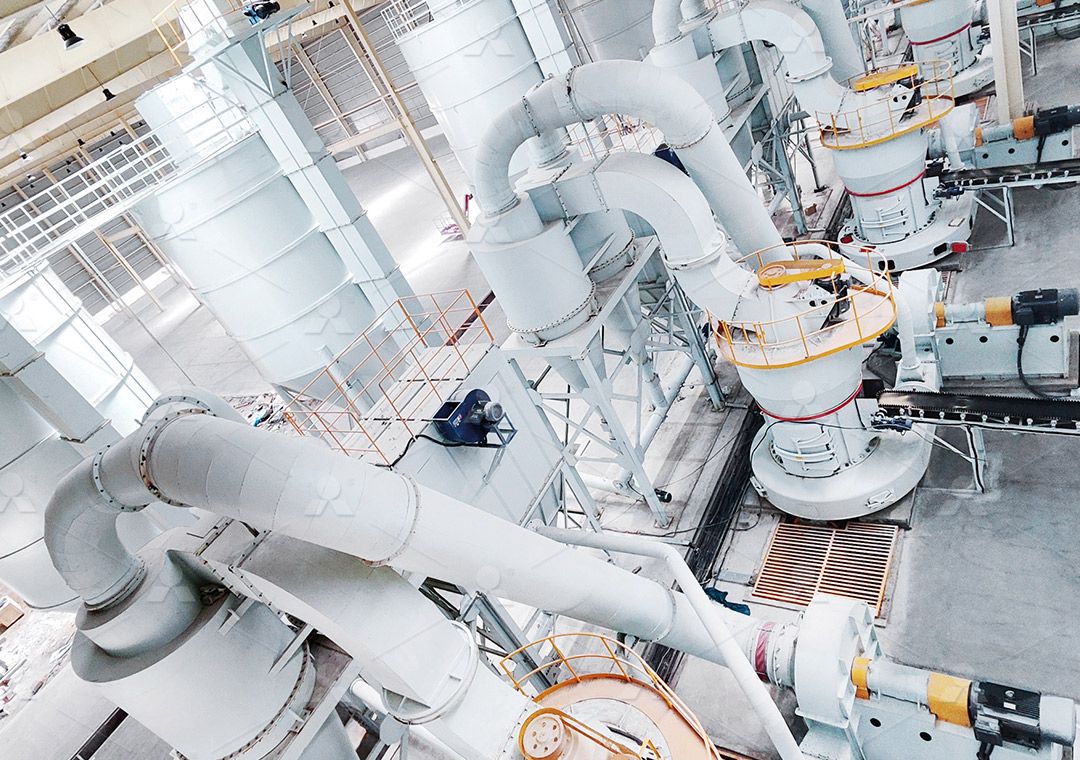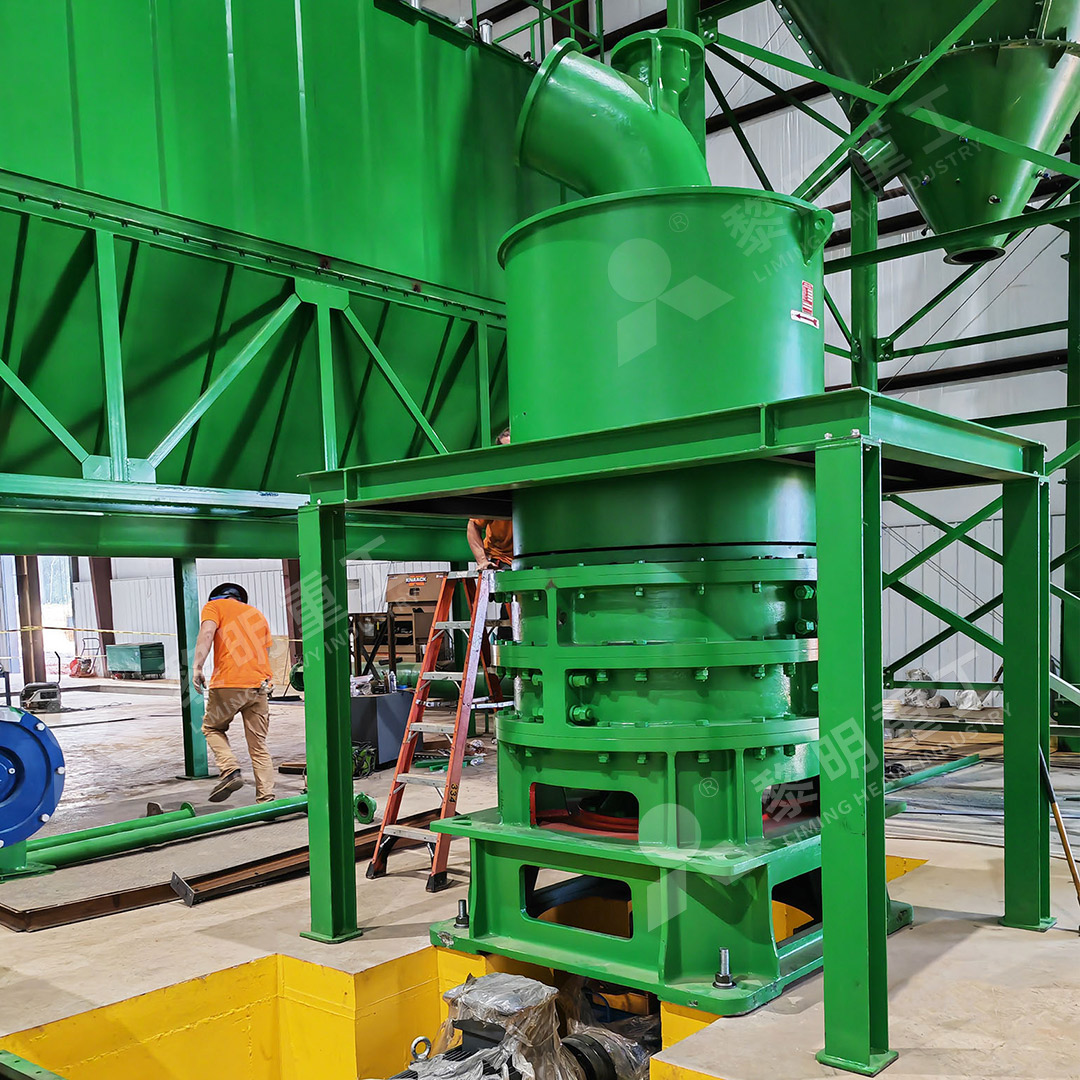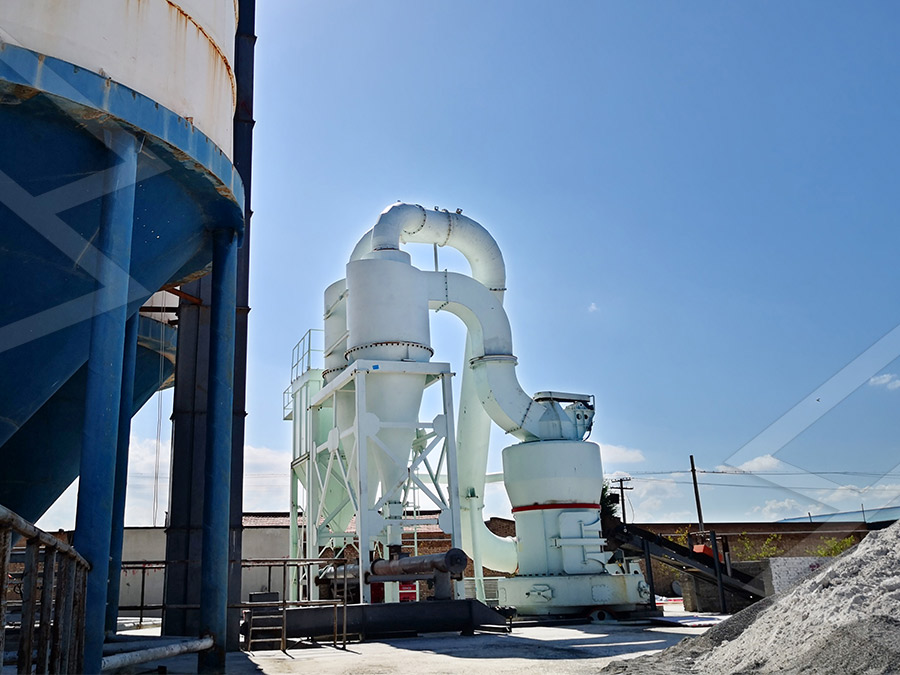4R Raymond Mill for 160 Mesh Powder Production
4R Raymond Mill for 160 Mesh Powder Production
In the realm of industrial powder processing, achieving consistent 160-mesh fineness represents a common requirement across multiple sectors. The 4R Raymond Mill has long stood as a reliable workhorse for this specific application, offering robust performance for medium-scale production needs. With an input size capacity of <25mm and throughput ranging from 0.6-5 tph, this mill strikes an optimal balance between precision grinding and operational efficiency.

The fundamental advantage of the 4R configuration lies in its four grinding rollers, which distribute grinding pressure more evenly across the material bed. This design characteristic translates to more uniform particle size distribution and reduced energy consumption per ton of output. When targeting 160-mesh specification (approximately 96 microns), the mill’s centrifugal grinding action ensures consistent results batch after batch.
Technical Considerations for 160-Mesh Production
Operating a 4R Raymond Mill at 160 mesh requires careful attention to several parameters. The classifier speed must be calibrated to achieve the precise cut point, while grinding pressure needs optimization to prevent over-grinding, which wastes energy and generates excessive heat. Proper feed rate control is equally critical—too fast and the mill chokes; too slow and productivity suffers.
For operations requiring higher throughput or finer end products, we typically recommend considering our MW Ultrafine Grinding Mill. This advanced system handles input sizes up to 20mm with capacities ranging from 0.5-25 tph, making it suitable for operations planning to scale. The MW series particularly excels when future requirements might extend beyond 160 mesh, as it can produce powders ranging from 325 to 2500 meshes with remarkable energy efficiency.

Application-Specific Performance
Different materials behave distinctly during grinding operations. Minerals like limestone, calcite, and gypsum—common in construction and industrial applications—respond well to the 4R Raymond Mill’s grinding mechanism at 160 mesh. The mill’s design incorporates a built-in classifier that continuously separates properly sized particles, returning oversize material for regrinding.
When processing more challenging materials or when higher purity requirements exist, the LUM Ultrafine Vertical Grinding Mill presents an excellent alternative. Its unique grinding curve design and German powder separating technology achieve superior product whiteness and cleanliness, with the added benefit of easier maintenance through its reversible roller structure.
Operational Efficiency and Maintenance
The 4R Raymond Mill’s straightforward mechanical design contributes to its reputation for reliability. With fewer complex components than more advanced mills, maintenance requirements are predictable and spare parts remain readily available. Regular inspection of grinding rollers and rings, along with proper lubrication of the central drive system, forms the cornerstone of preventive maintenance.

For operations where environmental compliance is increasingly important, both the MW and LUM series offer integrated dust collection systems that maintain workplace air quality while capturing valuable product that would otherwise be lost to ventilation systems.
Frequently Asked Questions
What is the typical energy consumption of a 4R Raymond Mill producing 160 mesh powder?
Energy consumption varies by material hardness and moisture content, but typically ranges between 25-40 kWh per ton for medium-hardness minerals like calcite or gypsum.
Can the 4R Raymond Mill handle abrasive materials?
While capable of processing moderately abrasive materials, expect accelerated wear on grinding components. For highly abrasive applications, consider mills with more wear-resistant designs or prepared for more frequent component replacement.
How does the MW Ultrafine Grinding Mill compare for 160 mesh production?
The MW series typically achieves 30-40% lower energy consumption at similar production rates, with the added advantage of being able to produce much finer powders should future needs evolve.
What safety features are incorporated?
Standard safety elements include mechanical limiters to prevent roller-ring contact, explosion vents for combustible materials, and electrical interlocks on access doors.
How often do grinding components require replacement?
Depending on material abrasiveness, rollers and rings typically last 800-2,000 operating hours. Softer materials like calcium carbonate extend service life, while quartz or feldspar reduce it.
